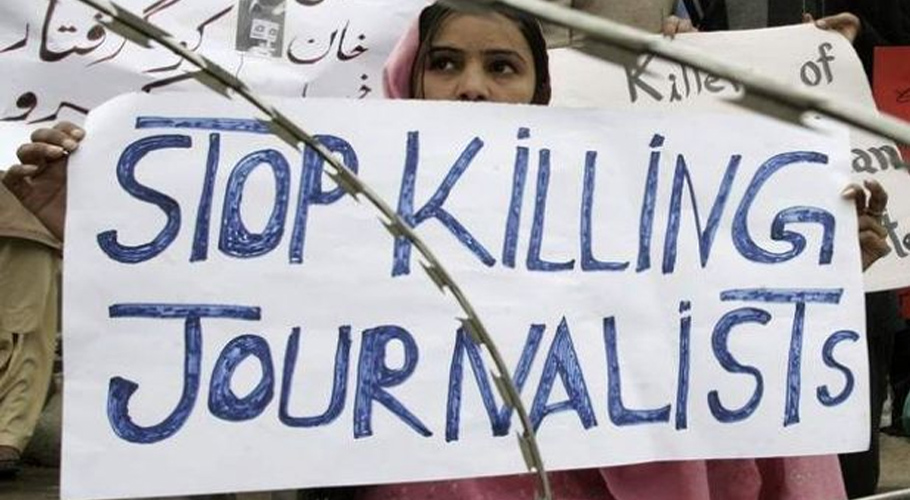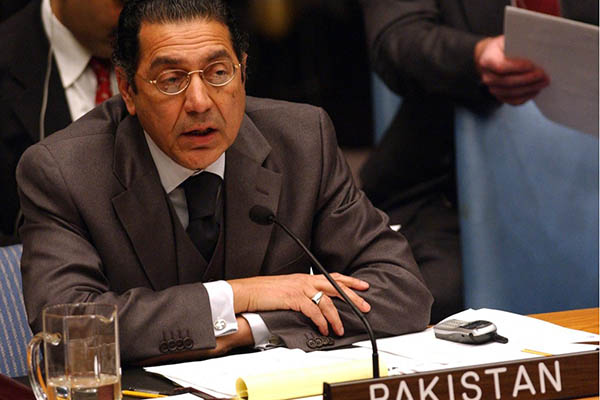
Qaisar Mansoor
Indian authorities are increasingly targeting journalists and online critics for their criticism of government policies and practices, including by prosecuting them under counterterrorism and sedition laws, ten human rights organizations said on International Day to End Impunity for Crimes against Journalists which is being observed today (November 2).
The day is to not only remember those journalists who got killed during course of their duties but also to highlight the fact that crimes against journalists go unpunished in many countries across the world. India has been listed under countries considered “bad” for journalism and is amongst the most dangerous places in the world for journalists.
According to Reporters Without Borders report, BJP supporters and Hindutva ideology have created an environment of intimidation for journalists who are critical of the government by labelling them as “anti-national” or “anti-state”. In 2022, India ranked 150th among 180 countries in the Press Freedom Index published by Reporters Without Borders. Journalists across India are being targeted for their work.
According to the Committee to Protect Journalists, 2021 was one of the deadliest years for Indian journalists in the past decade, with six killed between 2021 and 2022. As per UNESCO observatory, nearly 45 journalists were killed in India between 2010 to 2022. According to CPJ, 88 journalists and media workers were killed in India between 1991 and 2021. According to RSF, India is among the five most dangerous countries for journalists.
The incidents of journalists getting killed during their work portray the degree of violence against journalists in India. The attack on journalists and media practitioners has become an everyday reality in India. Weak legal frameworks, lack of proactive measures from the government, and the nexus between politics, religion and business fuel these incidents. Journalists are exposed to every kind of attack, including Police violence against reporters, ambushes by political activists, and reprisals instigated by criminal groups or corrupt local officials.
Indian authorities are increasingly targeting journalists and online critics for their criticism of government policies and practices, including by prosecuting them under counterterrorism and sedition laws.
The condition of the press in India is more often attributed to the vulnerabilities of Indian democracy and the attitude of the political leadership.
Please visit our website London Institute of Peace Research for latest peace news


